History is literally dying all around us. Decay is nature’s process of creative destruction—destroying the old to make way for the new.
Andre Govia is on a mission. He is one of an intrepid group of urban explorers who photograph abandoned buildings. He captures moments that would otherwise slip into the mists of time, unnoticed, forgotten.
The people may have gone, but for now, the buildings live on to tell their stories.
Nature never sleeps. Soon enough, the buildings too will be gone. All that will remain are memories and Andre Govia’s photographs.
Listen to the haunting Rachmaninoff 2nd concerto as we explore these abandoned beauties.
What is the story of this room?
The piano and the music stand tell of a love affair with music. Once the room was filled with the sounds of music and laughter. Family and friends gathered round the piano to sing together.
The lady of the house loved to paint and her little girl loved to play with her pushchair.
There was joy, creativity, and shared happiness.


And what about this elegant room? How many guests were entertained here? How many times did the fireplace burn brightly on cold winter evenings? Did couples stand by the french windows at parties, sipping cocktails and gazing at the moonlit gardens?
The floor is bare, the paint peeled, but signs of its former glory remain.
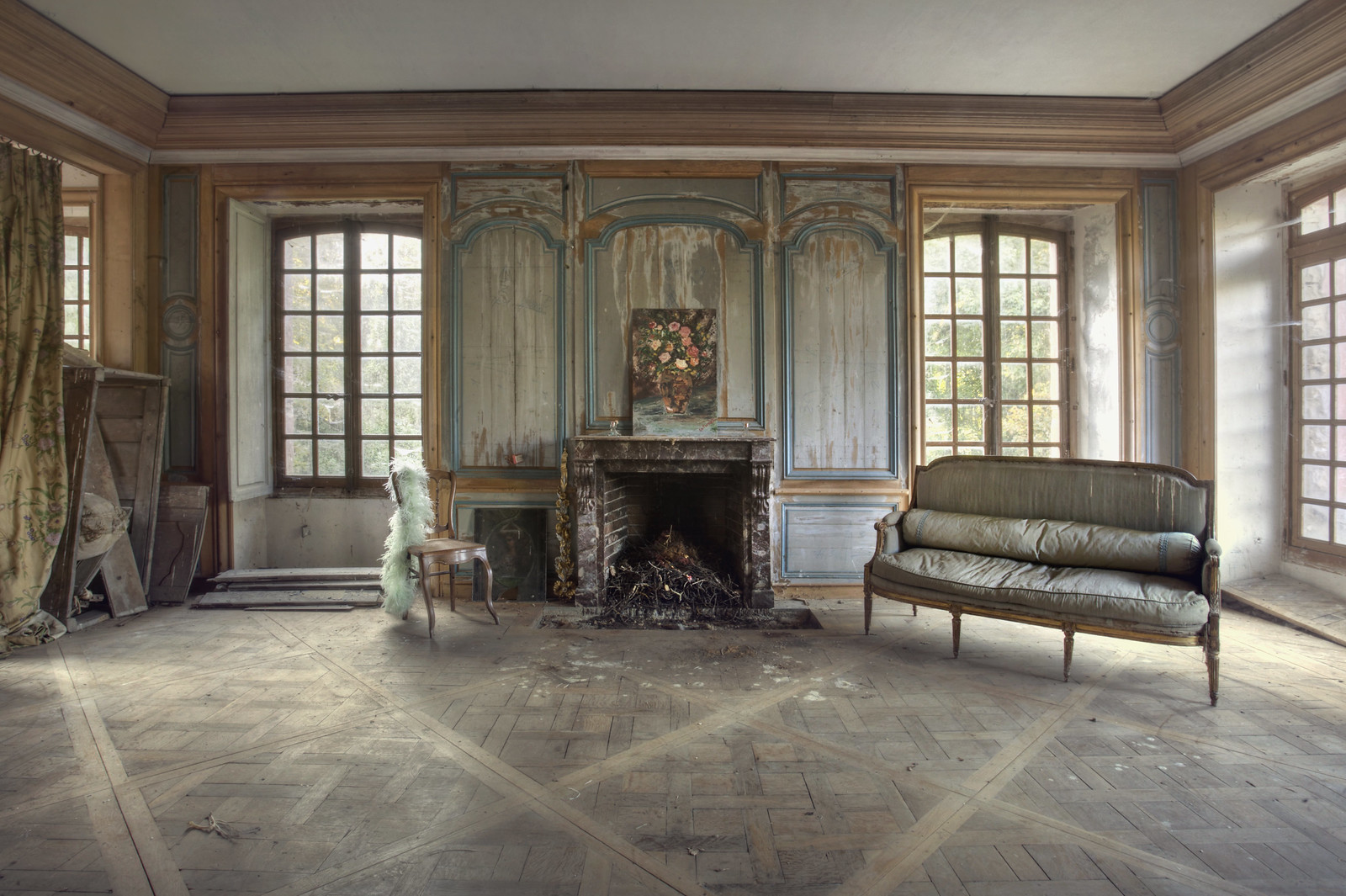









Ah what joy this room must have brought to the former family. Reading bedtime stories and watching patiently as their little one slipped into sleep.










Persistent exposure to water causes plaster to gradually decay and soften until physical failure occurs. Leaks, damp, overgrown flora, and frost all provide ways for moisture to permeate buildings.
A major component in most historic buildings, timber is prone to attack from fungi and insects. Once rot sets in, repair costs often mean it’s cheaper to abandon the buildings altogether.
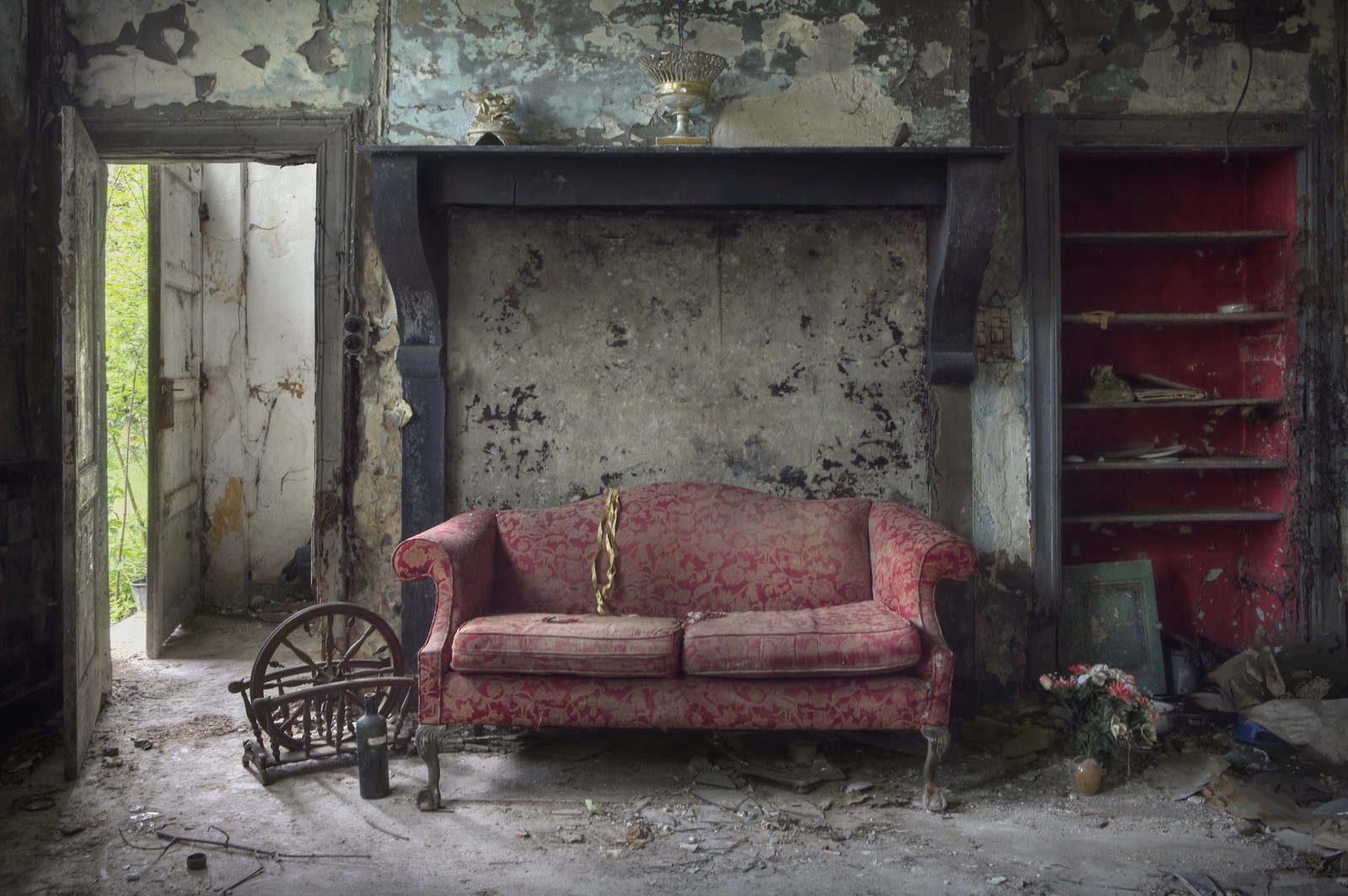

Sadly, for every historic building that is restored, there must be hundreds that are left to wither and die.








Once upon a time, this abandoned cottage was a cozy family home.
Intimate details of its former life are apparent in the assortment of bottles on the dressing table, the photograph still hanging on the wall, the paraffin lamp, and bellows to help get a good fire going.
It was 12:25—as indicated by the clock on the mantlepiece—when time ran out in this room from the past.
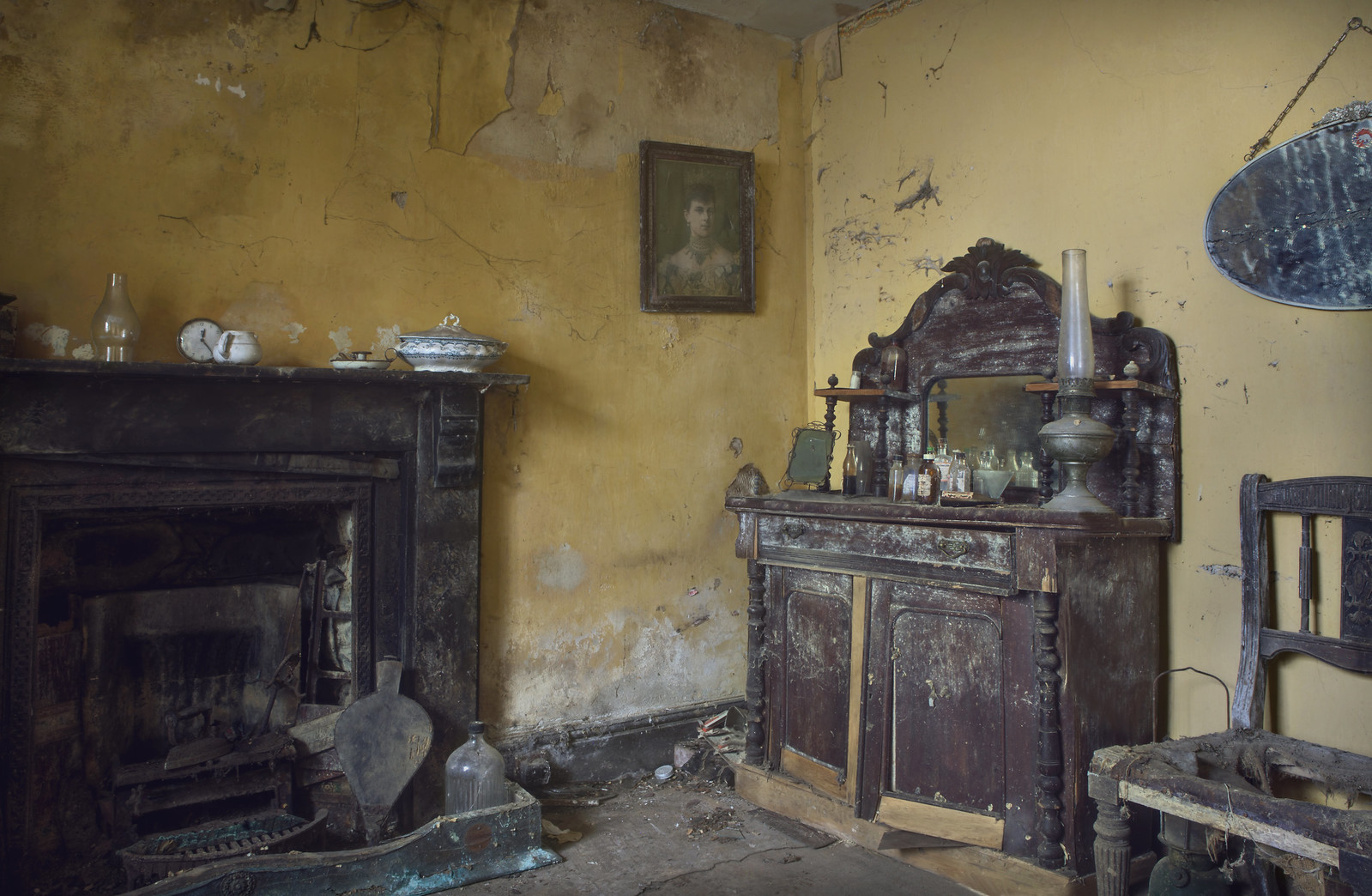









It’s not just old homes and mansions that are abandoned. This church has fallen into disrepair, making a very dangerous place to be.


Although Andre Govia and friends have years of experience in urban exploration, they have fallen through floors and broken limbs. They keep the locations secret to discourage unskilled adventure seekers.








Dinner is served. This abandoned manor house even has place settings for dinner service as if expecting guests to arrive at any moment.
You can almost hear the chatter as guests finish their cocktails and are shown to their seats by the Lady of the house.
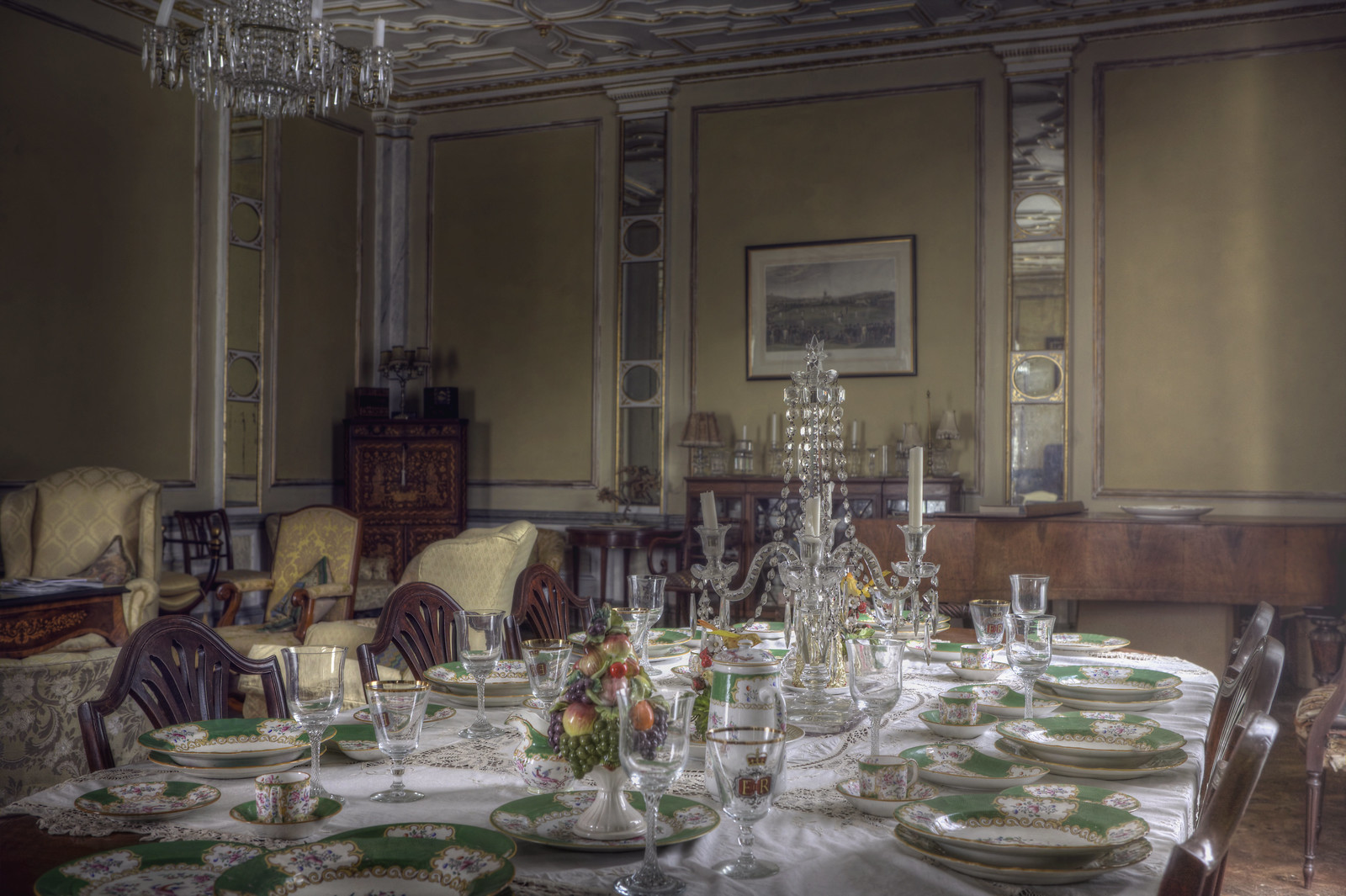









A soft, filtered light enters through net curtains in this abandoned bedroom.
As if from a movie set, the vintage wheelchair, four-poster bed, and solid wood armoire add drama to this eerie scene.
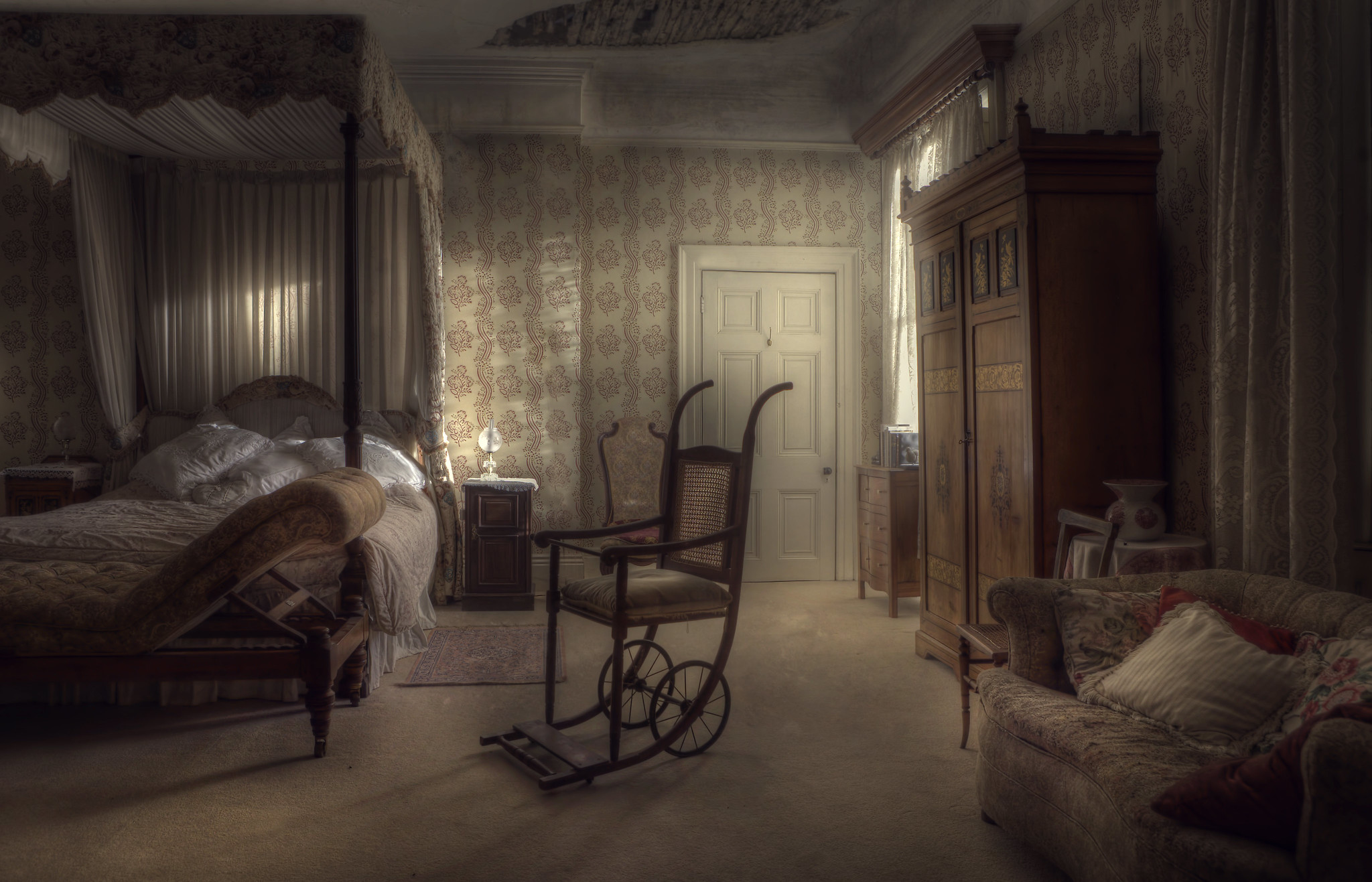

Why does it matter what happened long ago?
History connects us with people and events through time. The lessons to be learned from studying those connections are profound.
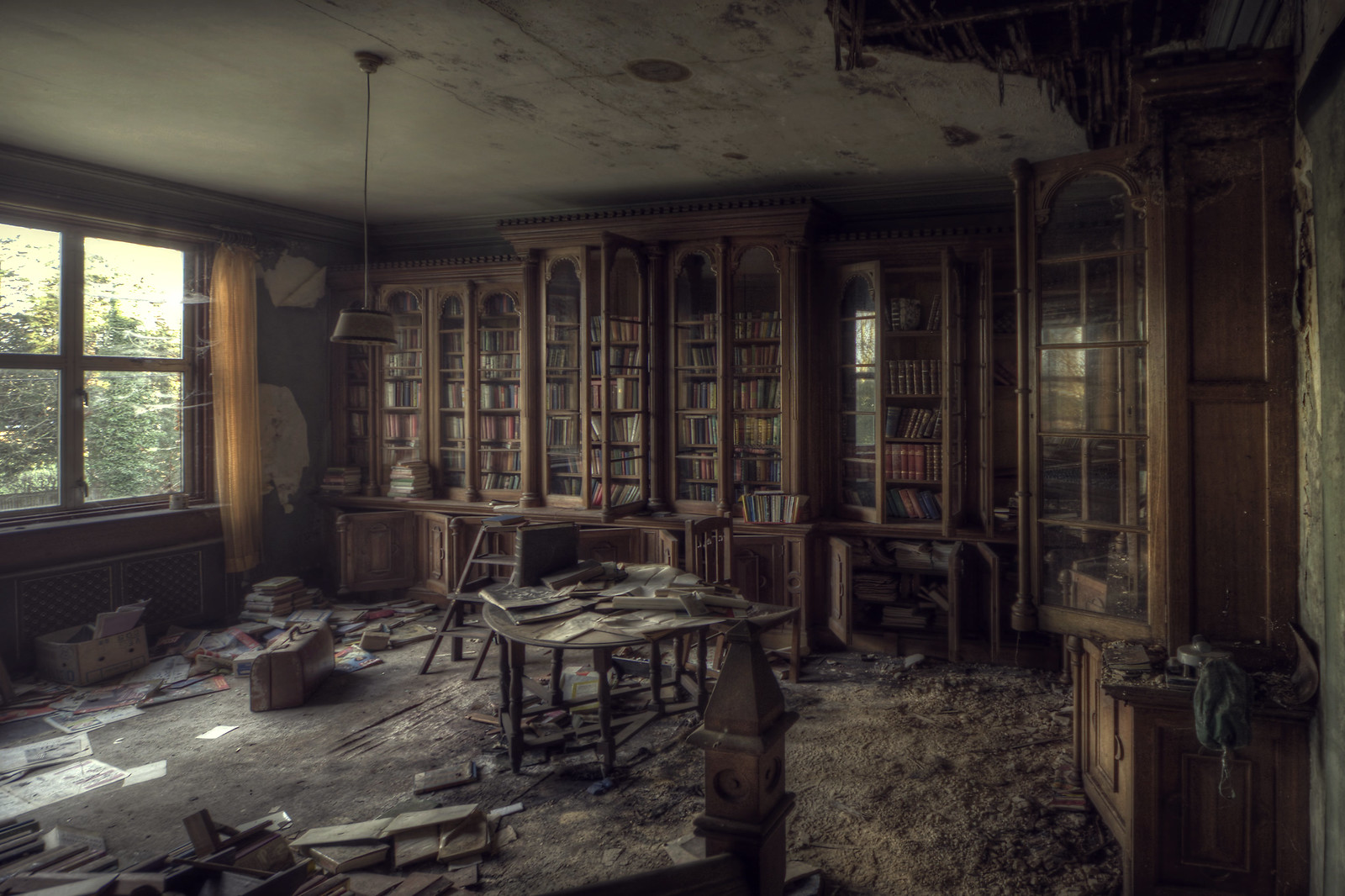

The complex cultures, traditions, and religions of the world were created over millennia. Understanding the linkages between past and present is to understand what it means to be human.
We are living history. We are all rooted in time.
Preserving our past provides a secure foundation for our future.
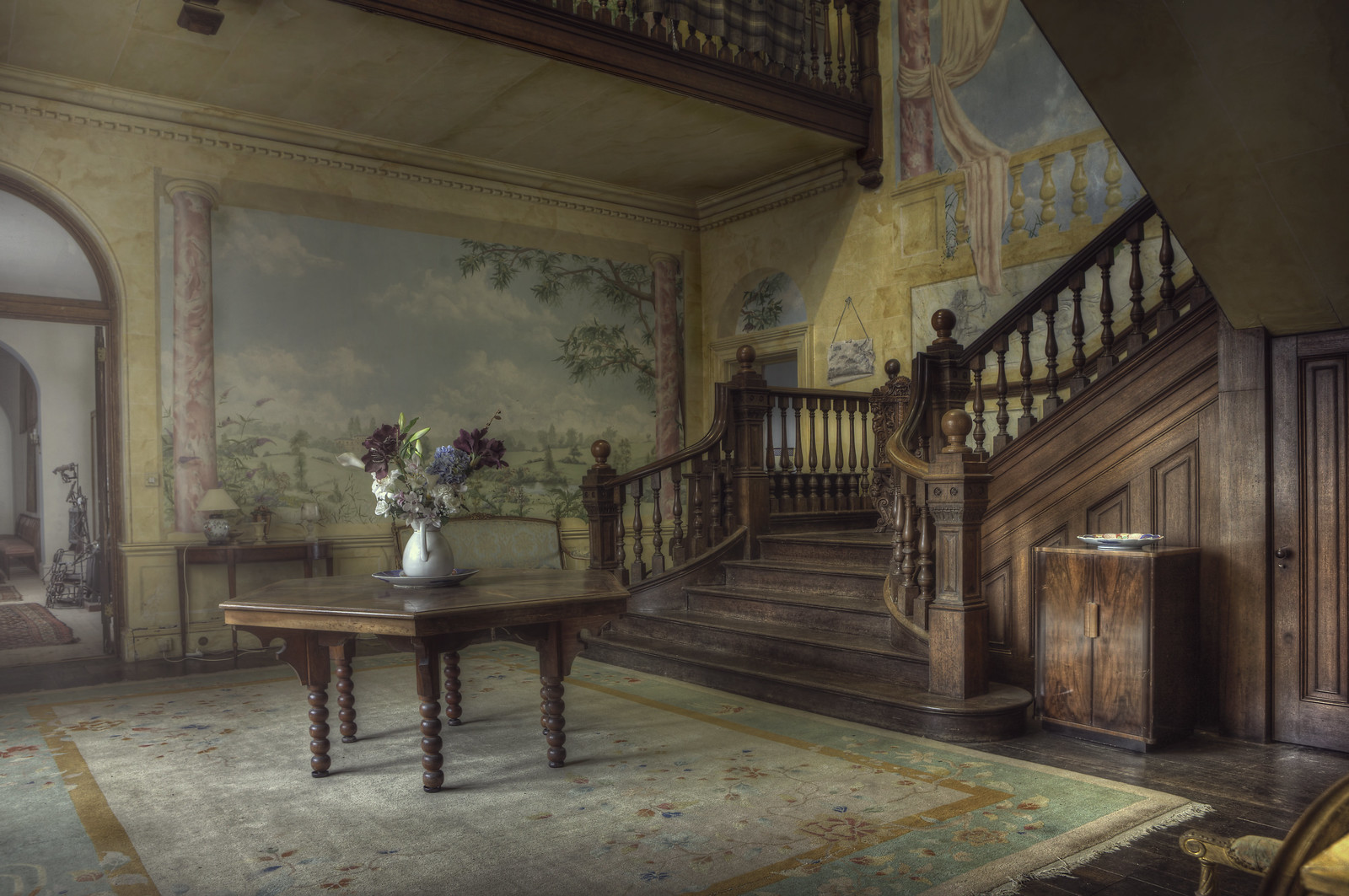



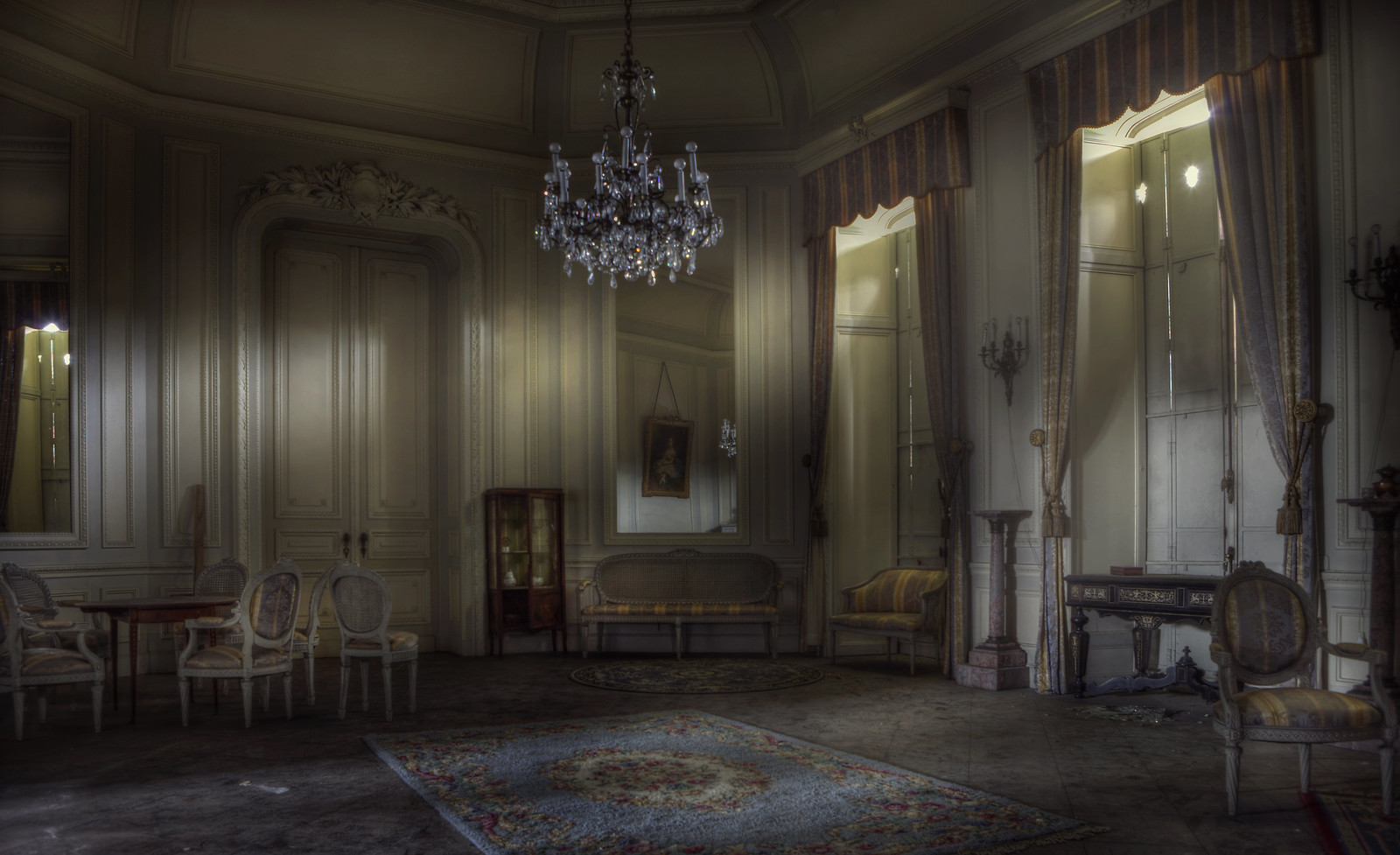

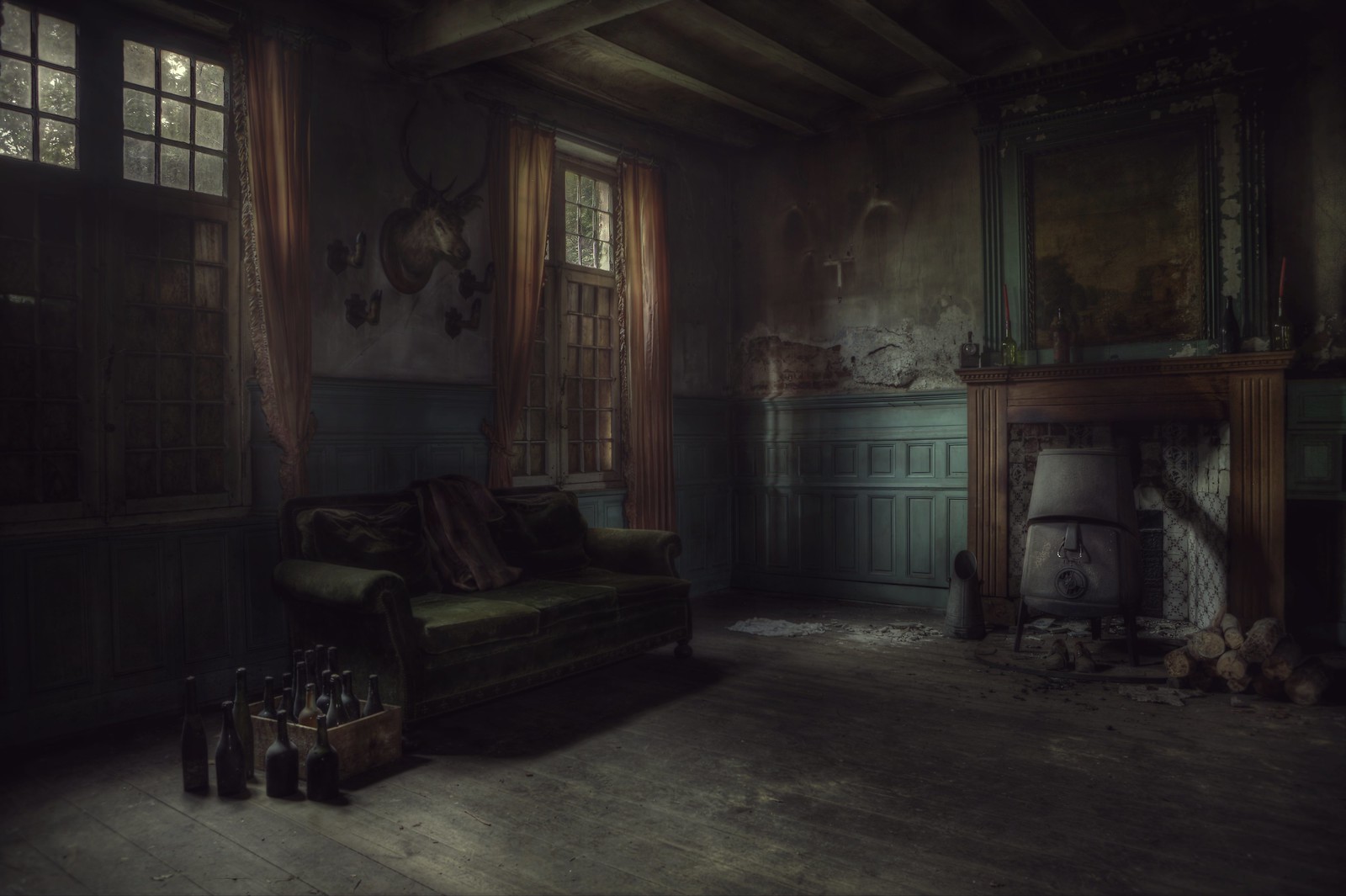



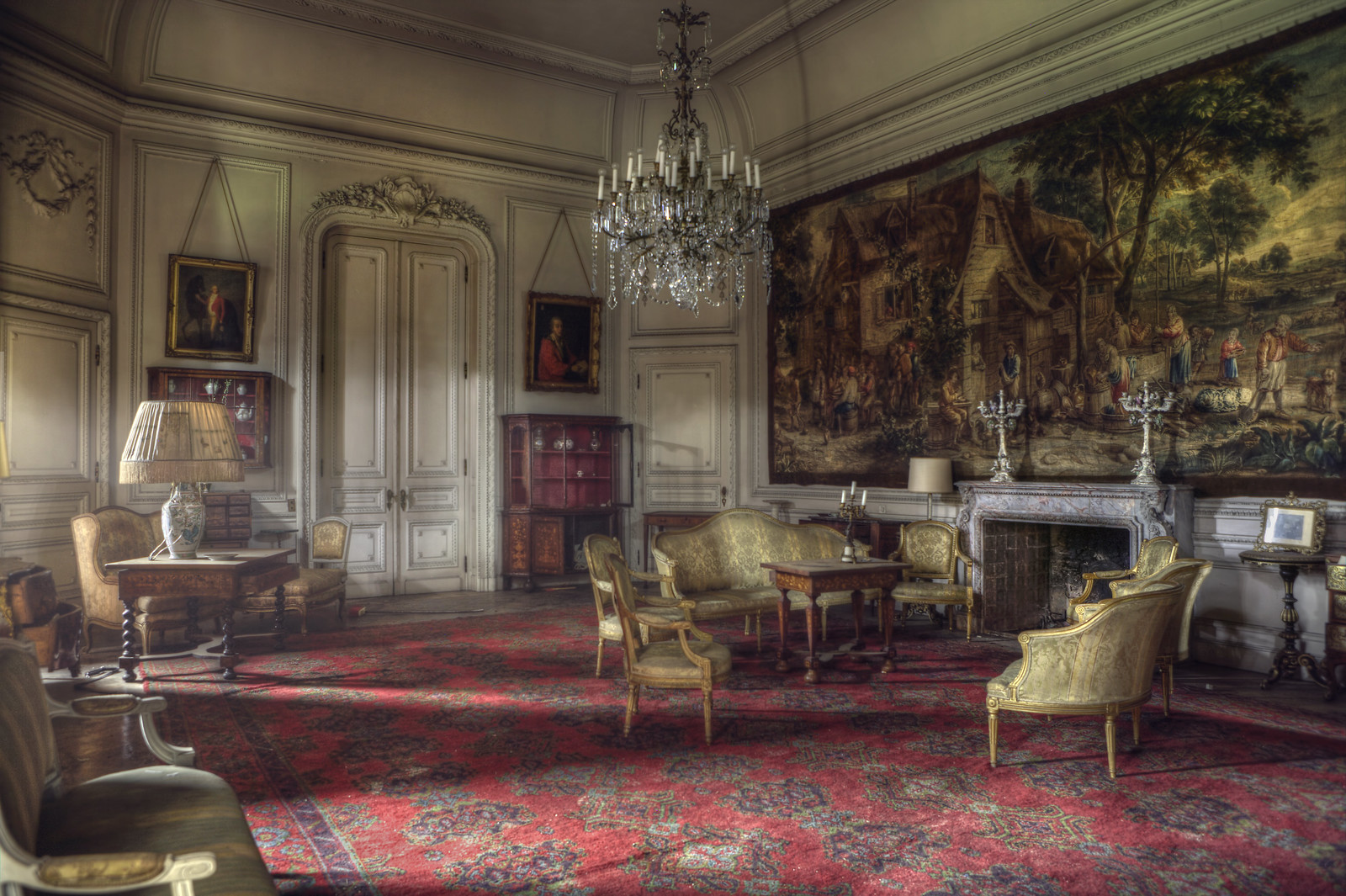

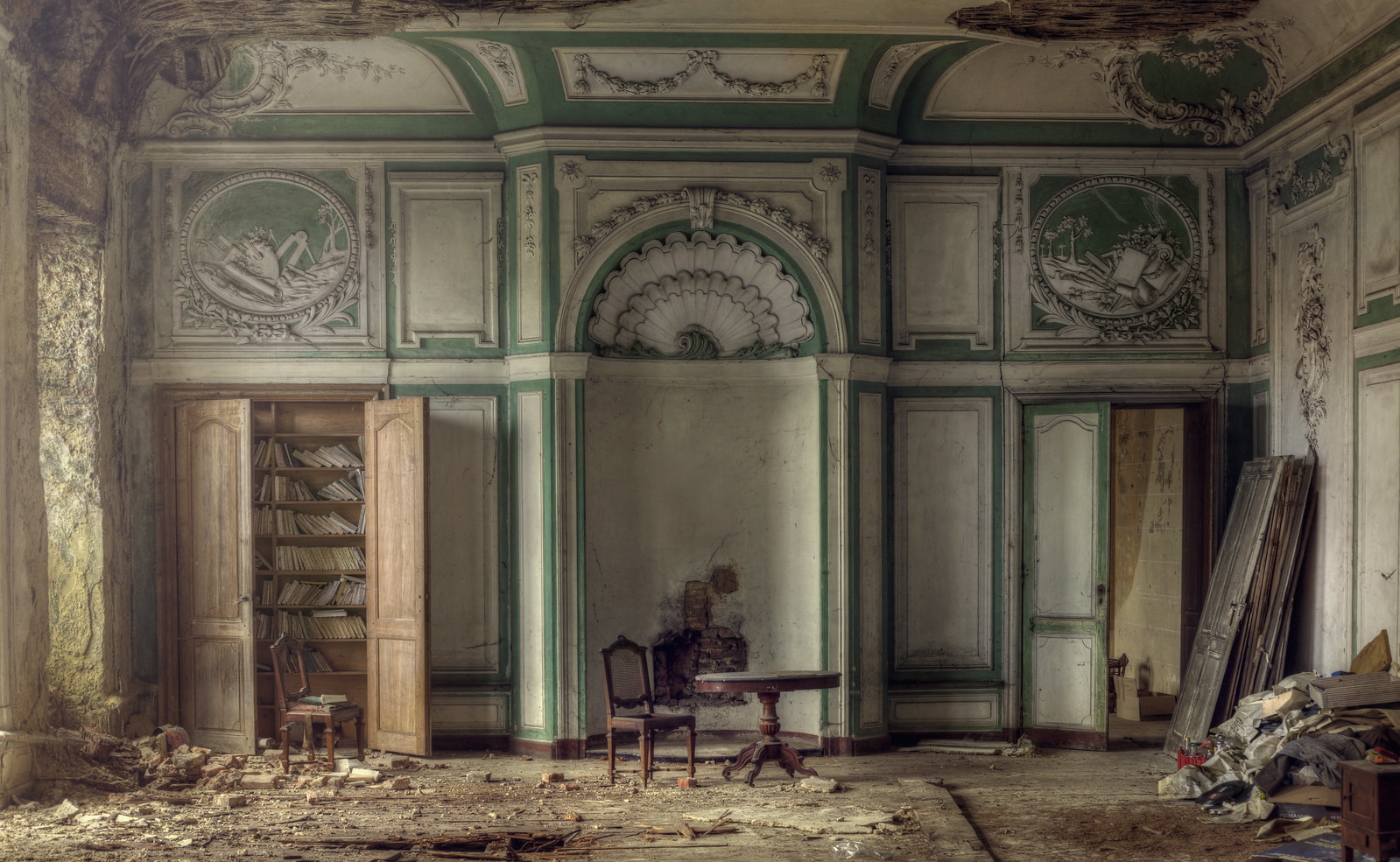



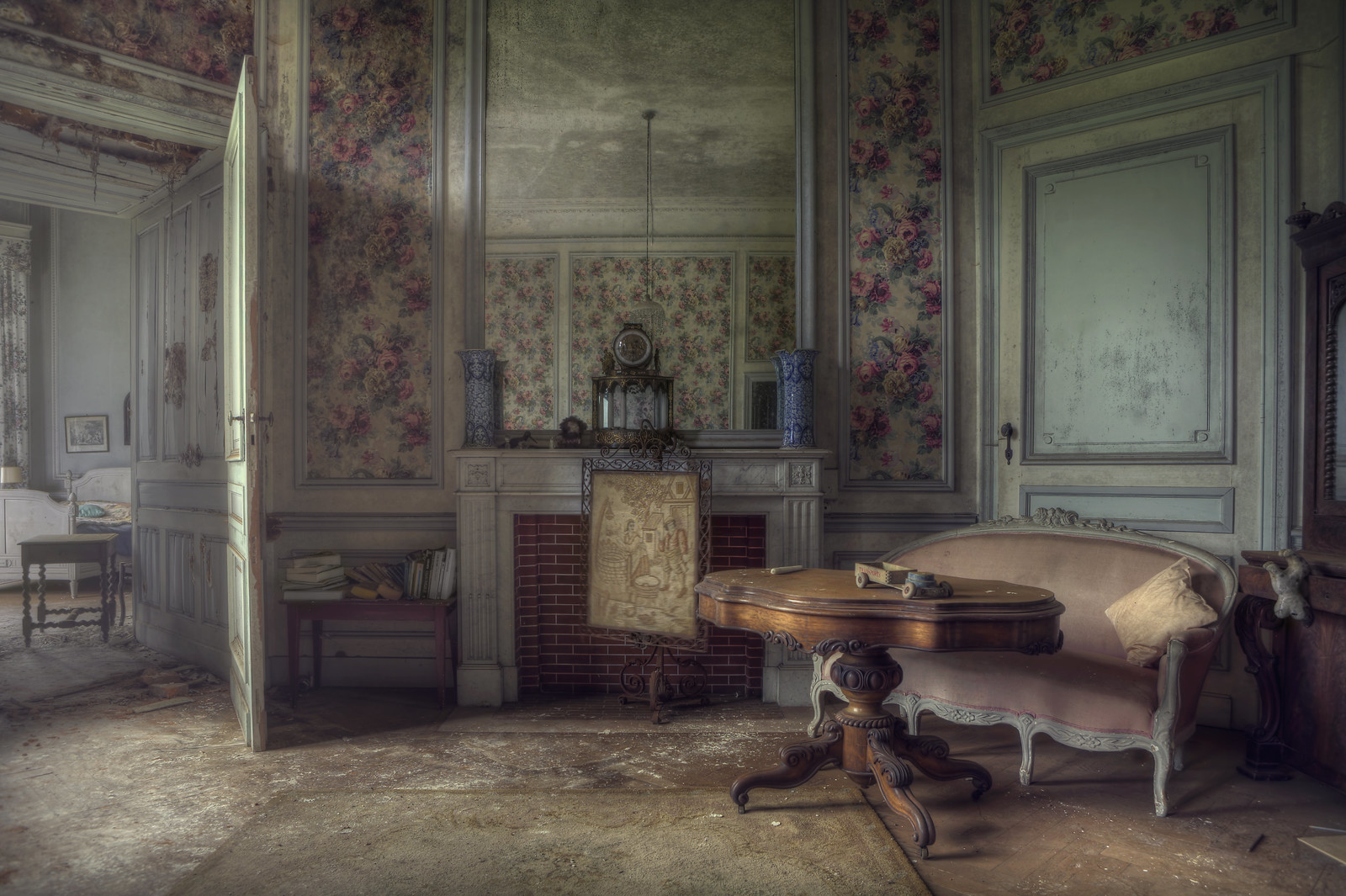

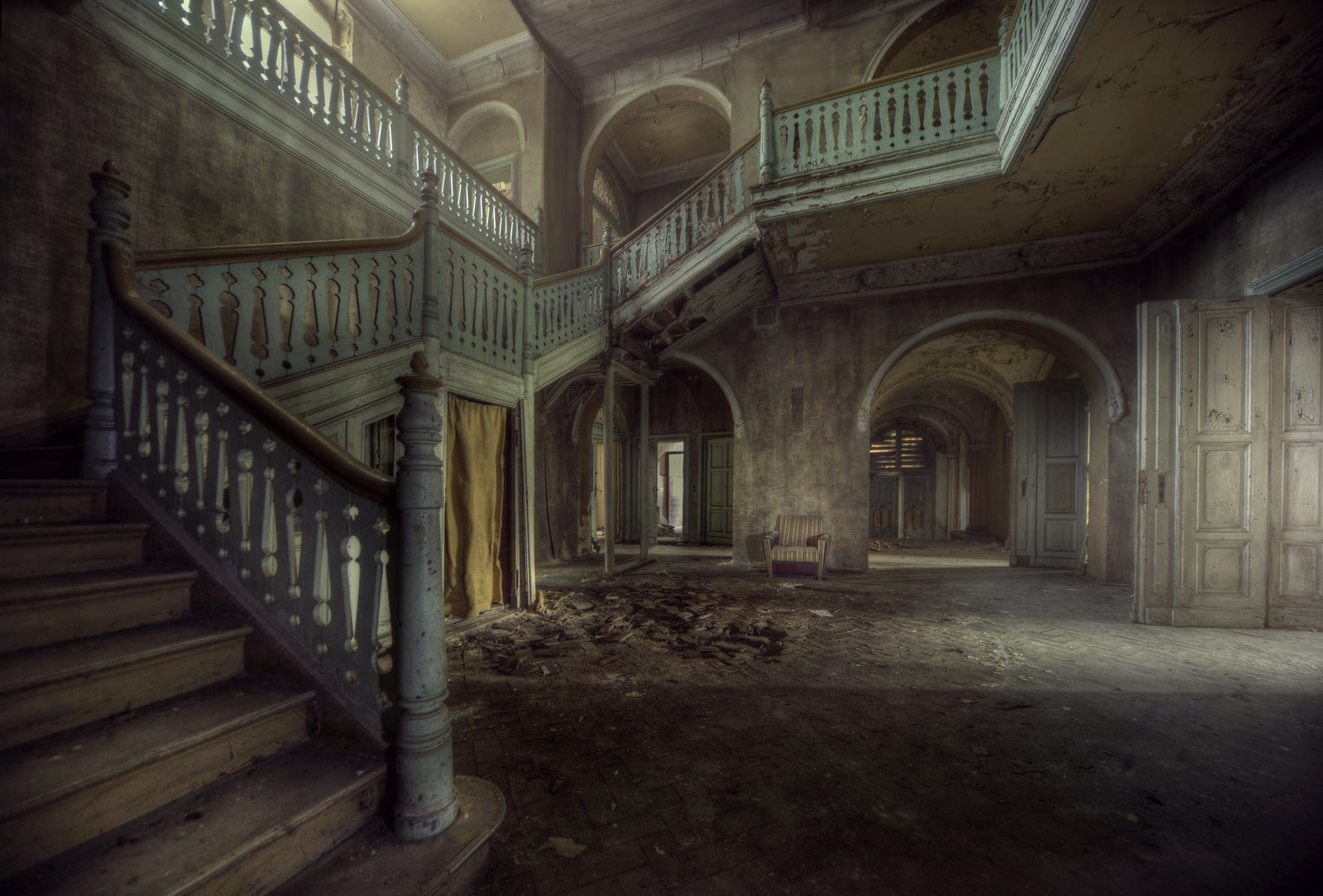



Sources
Wikipedia.org, buildingconservation.com, history.ac.uk
Images reproduced with kind permission of Andre Govia.
Music: Rachmaninoff Concerto #2, 2nd Movement. (Contains Amazon affiliate link)
